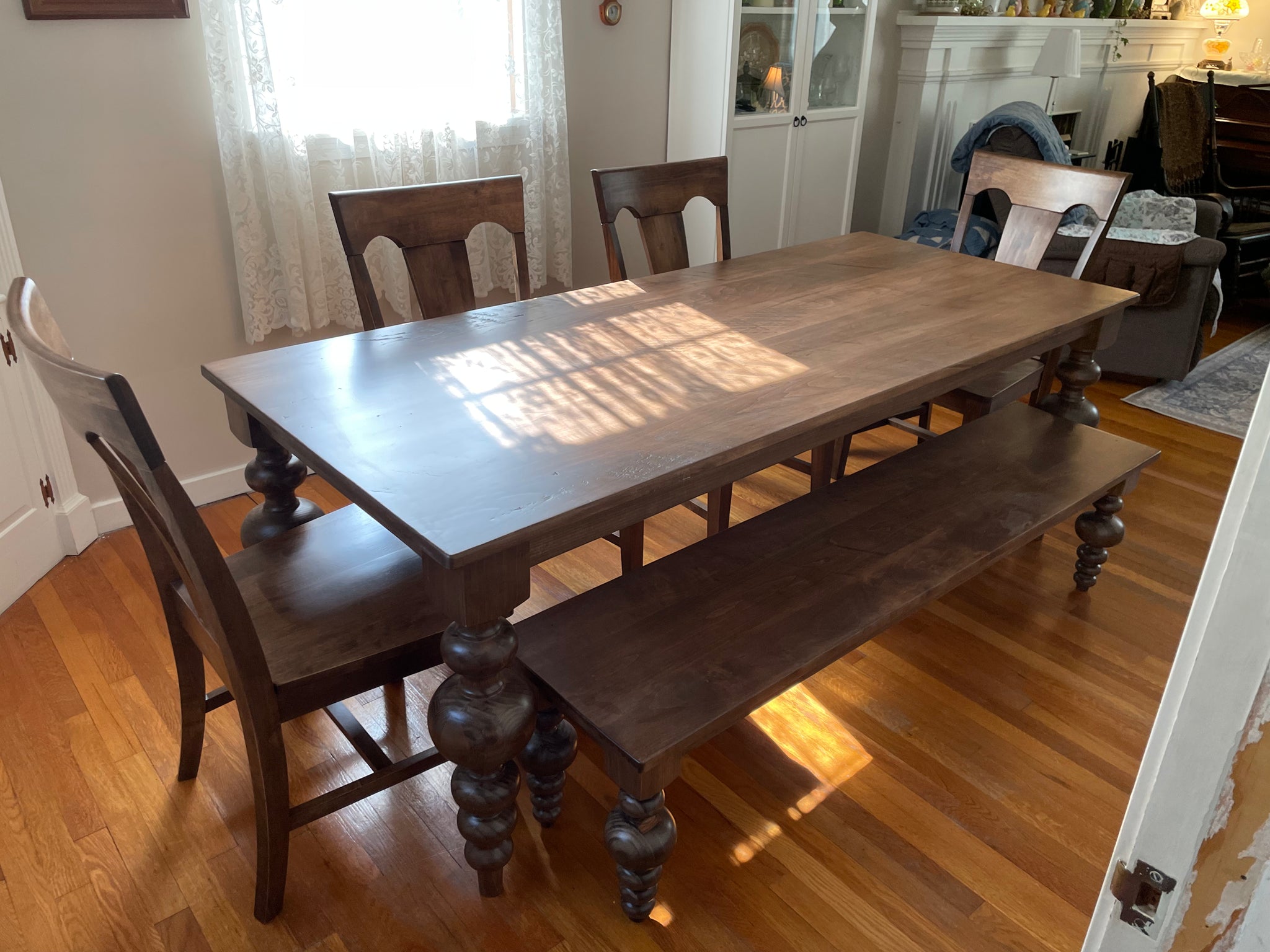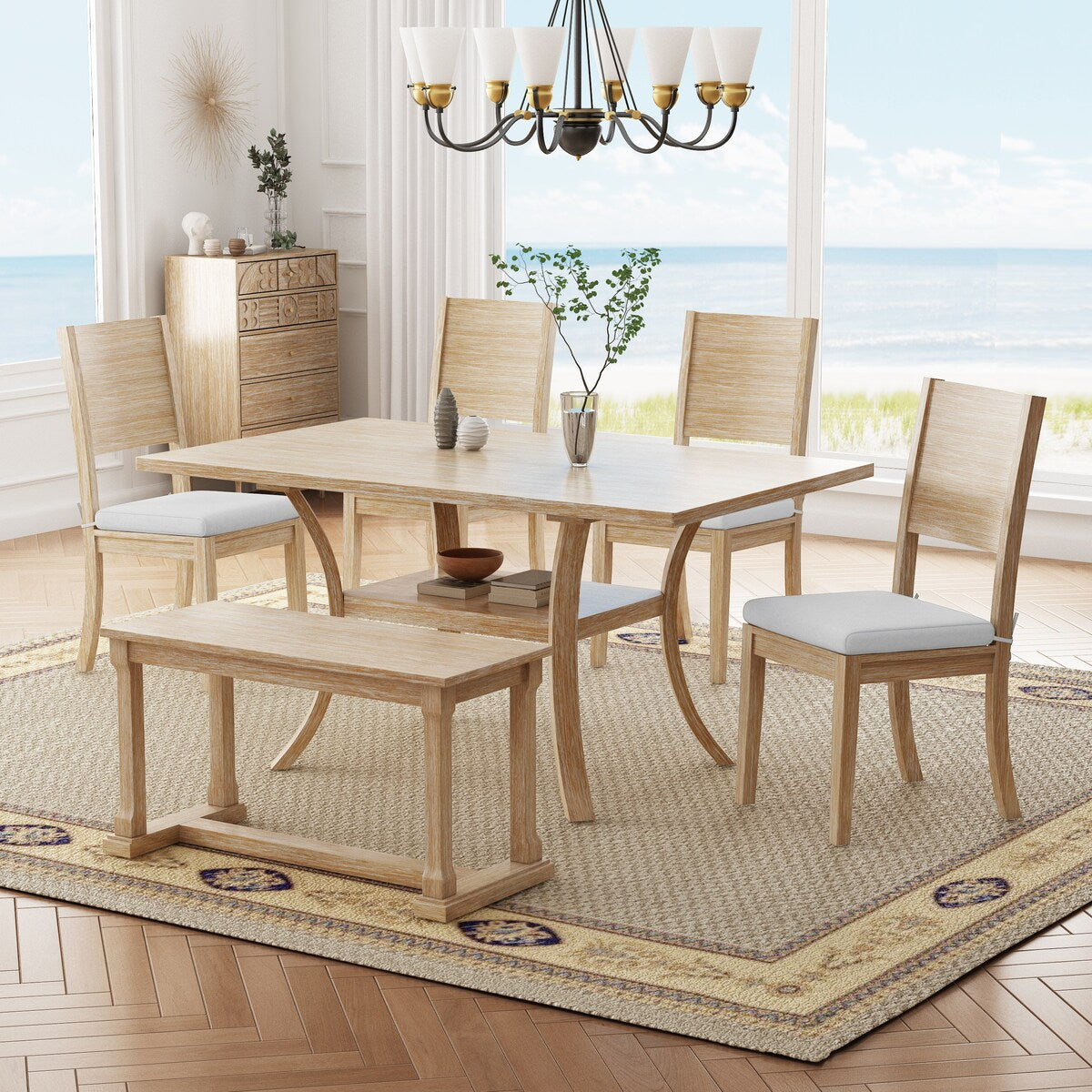Simple Steps to Replacing Old Dining Room Table Legs with New Ones
Simple Steps to Replacing Old Dining Room Table Legs with New Ones
Blog Article
From Typical to Modern: Discover the Ideal Eating Space Table Legs for Your Design
While timeless designs such as cabriole and turned legs evoke a sense of ageless refinement, contemporary styles like hairpin and geometric alternatives offer a possibility for striking visual interest. As you think about these components, the inquiry remains: exactly how can you effortlessly incorporate these varied leg designs to create a harmonious dining experience?
Comprehending Table Leg Styles
The range of eating space table leg designs can substantially affect both the aesthetics and functionality of the space. Each leg design contributes unique sensible functions and visual aspects, catering to varied style choices and use needs. Recognizing these designs is critical for picking the ideal table that lines up with your overall indoor layout vision.
For example, conical legs use a clean, classic appearance that can improve a space's elegance, while pedestal bases provide stability and take full advantage of legroom, making them excellent for smaller sized spaces. Hairpin legs, a characteristic of mid-century contemporary design, present a commercial flair, permitting a ventilated, open feel. Likewise, trestle legs evoke rustic appeal, supplying durable support and a sense of eternity.
Wood legs can bring warmth and structure, whereas steel options commonly share a sleek, contemporary ambiance. Inevitably, understanding table leg styles is crucial for creating a cohesive eating location that mirrors personal style while guaranteeing usefulness and convenience.
Traditional Table Leg Options
When choosing dining area table legs, typical options typically personify classic sophistication and craftsmanship. These styles mirror an abundant heritage and a commitment to top quality, making them ideal for those that appreciate classic aesthetic appeals.
One of the most famous standard leg designs is the cabriole leg, identified by its elegant bent form. This layout frequently features decorative carvings and is most commonly found in Queen Anne and Chippendale furniture. Another popular option is the transformed leg, which flaunts a collection of smooth, rounded forms that give a timeless appearance while preserving stability.
Moreover, the straight leg, while basic, uses a strong and unadorned structure that can blend flawlessly with a selection of tabletop designs. For those attracted to ornate describing, claw-and-ball feet legs stimulate a sense of magnificence and can offer as a magnificent prime focus in any kind of dining room.
Finally, pedestal bases, although not purely legs, give an alternate conventional option that permits enough legroom and can be magnificently carved. Each of these conventional leg designs adds to the overall setting of an eating room, weding function with visual charm.

Modern Table Leg Layouts
Modern table leg styles offer a diverse variety of designs that highlight innovative materials and clean lines. These layouts commonly prioritize functionality while working as striking focal points within a dining area. Minimalist aesthetics prevail, with legs crafted from products such as metal, glass, and crafted wood, which contribute to a find out this here modern and ventilated feeling.
One popular layout is the barrette leg, identified by its slim, tapered structure that gives security without frustrating the table top (dining room table legs). This style is commonly found in mid-century modern-day furnishings and can effortlessly match numerous eating table forms. Another pattern is the usage of geometric shapes, where legs may handle angular or unbalanced forms, adding visual rate of interest and a touch of virtuosity

Mixing Styles for Distinct Spaces
Frequently, property owners seek to create one-of-a-kind eating areas that show their personal design by mixing different style elements. This approach permits the unification of varied appearances, causing a harmonious yet distinctive setting. Matching a rustic wooden table with smooth, contemporary steel legs can produce a distinctive comparison that raises the area's general you could look here charm.
Additionally, incorporating vintage table legs with contemporary table tops can evoke a feeling of history while maintaining a contemporary sensibility. Such mixes not just display individual preference but likewise urge creative thinking, permitting property owners to curate a space that feels both individual and inviting.
Shade plays an essential function in this blending process; selecting table legs that enhance or comparison with the existing color pattern can improve aesthetic rate of interest. For instance, whitewashed legs can soften the daring of a dark table surface area, creating a well balanced visual.
Tips for Picking the Right Legs
Picking the right table legs is necessary for achieving both performance and visual allure in your dining space. Begin by taking into consideration the overall style of your space. Traditional settings gain from legs that include intricate carvings or transformed layouts, while modern spaces may require streamlined, minimal styles.
Next, evaluate the elevation and security of the legs. dining room table legs. Standard table range between 28 to 30 inches in elevation, so make certain the legs enhance this measurement for comfort. Furthermore, durable products, such as wood or steel, can boost security and longevity
Evaluate the leg shape as well-- alternatives consist of right, tapered, or stand layouts. Straight legs offer a traditional appearance, while tapered legs can include a touch of beauty. Pedestal bases offer sufficient legroom and are suitable for smaller spaces.
Final Thought
In recap, choosing the suitable eating area table legs calls for careful factor to consider of both modern-day and traditional styles. By harmonizing leg style, elevation, and product with the total decoration, a cohesive and welcoming atmosphere can be achieved.
The selection of eating area table leg styles can significantly affect both the looks and functionality of the space. Ultimately, understanding table leg designs is necessary for producing a cohesive dining location that reflects individual style while ensuring practicality and convenience.One of the most iconic conventional leg designs is the cabriole leg, identified by its elegant rounded form. Straight legs offer a classic appearance, while conical legs can add a touch of sophistication.In recap, selecting the ideal eating room table legs requires cautious factor to consider of both modern-day and standard styles.
Report this page